It’s often believed that the contrasting manufacturing methods of 3D printing and CNC machining are in direct competition when it comes to making solid parts. Yet, in fact, these opposites attract. Primarily, when used on the same team, the strengths of one process complement the limitations of the other.
Just look at the vast majority of 3D printing services today that also offer CNC machining. From Craftcloud to Xometry to Hubs, these services know that sometimes 3D printed parts require some CNC machining to achieve tighter tolerances, better surface finish, or simply added drill holes. In other cases, a customer may have distinct CNC machining needs and 3D printing needs in their manufacturing process, or may not know which technology is the best fit.
CNC shops can join this growing market of manufacturers by incorporating their own 3D printing services.
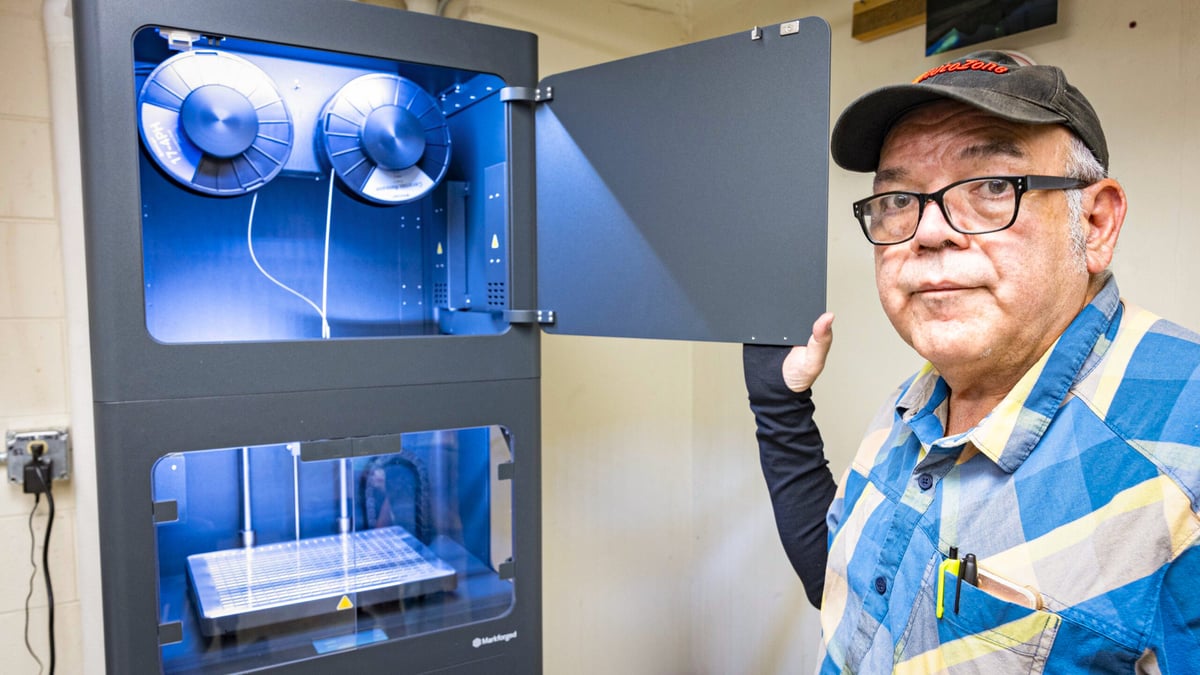
For example, RPG Industries, a precision manufacturing shop in Tipp City, Ohio, incorporated metal and carbon-fiber-reinforced nylon 3D printers from Markforged into their offerings for both rapid prototyping and for final metal parts in geometries that would be too cost-prohibitive to CNC, says Bob Gingsberg, president and founder of RPG Industries. “Composite and metal 3D printing are really going to be the future in our industry, and we want to be the early adopters and the experts in that area.”
3D printers are also a welcome addition at internal company machine shops. Nikola Corporation, the American manufacturer of commercial battery-electric vehicles CNC machines complex aluminum parts, but incorporated a large-scale 3D printer from BigRep to make the unique fixtures to hold those parts as they are being machined.
In this article, we look in detail at ten reasons why you should add a 3D printer (or several) to your CNC shop and present some manufacturers that have found success offering both technologies side by side.
Faster Cheaper Prototypes

As any manufacturing business owner will tell you, time, cost, and how to reduce both are always at the forefront of their mind. Design iteration is a part of the manufacturing process that consistently takes longer than expected and produces all the issues a delay can cause.
Using 3D printing to create prototypes of tools or parts in just hours is becoming an essential step before committing to full-scale CNC machining. This helps in optimizing toolpaths, identifying potential issues, and refining the manufacturing process.
Rapid prototyping with 3D printing can take days off of a project. For example, RPG Industries was tasked with recreating an out-of-production motor part for a classic car. Their first step was to 3D print the part in durable carbon-fiber nylon to test for fit in the assembly. “We can cut delivery times down considerably,” says Gingsberg. “We’re able to print overnight, lights out without any human intervention.”
The time saved, ease of use, and added opportunity to make revisions to digital designs along the way are transformative to engineering shops.
Expanded Offerings

Adding 3D printing services to current CNC machining offerings simply broadens the scope of potential work and clients for your shop. Some clients’ needs are better suited to 3D printing technology or might need both for different stages of the product development process, such as a functional prototype 3D printed for approval before the final part is CNC machined.
In3DTech, a large contract manufacturing shop in Shanghai, says that its CNC machining and injection molding abilities complement its metal and polymer 3D printing service, making it a “great one-stop shop for your advanced designs.” 3D printing offers customers higher flexibility in production, no cost-intensive tools are required, there’s more geometric design freedom, and parts can be printed quickly on-demand, the company says.
The machine shop at the Geophysical Institute of the Univ. of Alaska Fairbanks, recently added a metal 3D printer from Markforged to make specialized research tools and components for scientists. “To be able to do metal printing greatly expands what we can do,” says Greg Shipman, manager of the Geophysical Institute Machine Shop. “One of the big advantages to 3D printing is you can accomplish geometry that would be next to impossible to do with machinery.”
Intricate Designs
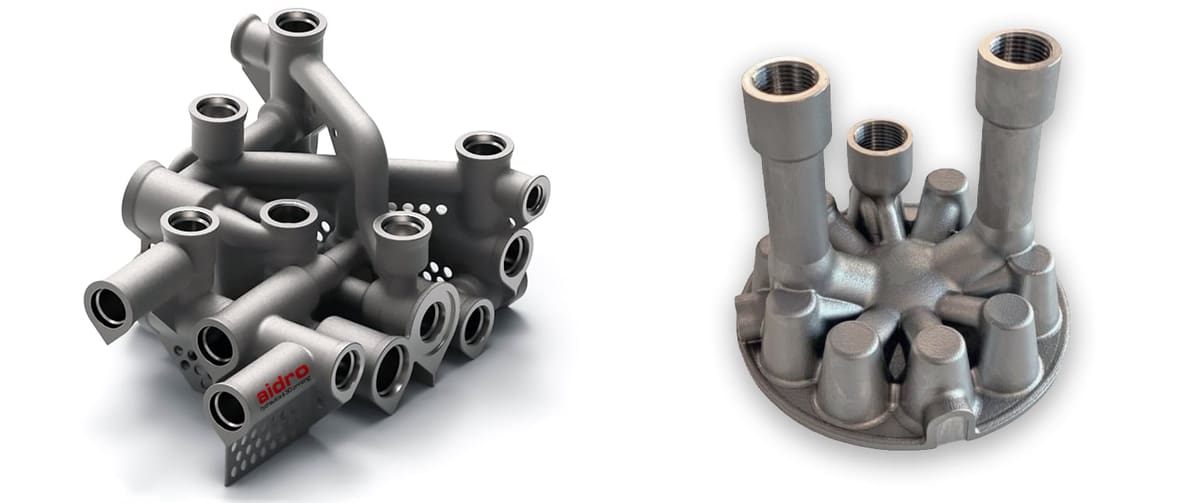
Some parts are extremely difficult or impossible to CNC machine, such as parts with complex internal channels. 3D printing can step in to offer customers a solution when CNCing can’t tackle the job. For example, creating injection molding patterns and cores with internal cooling channels or the ability to make a part weigh less by using an infill patter instead of solid material.
Because 3D printing enables designs not possible with CNC machine, manufacturing shops can offer customers more innovation. Engineering challenges can be approached with more flexibly. For example, multi component assemblies can be redesigned for 3D printing to contain fewer parts and thus be easier and cheaper to produce as well as include new efficiencies.
Faster Batch Customization
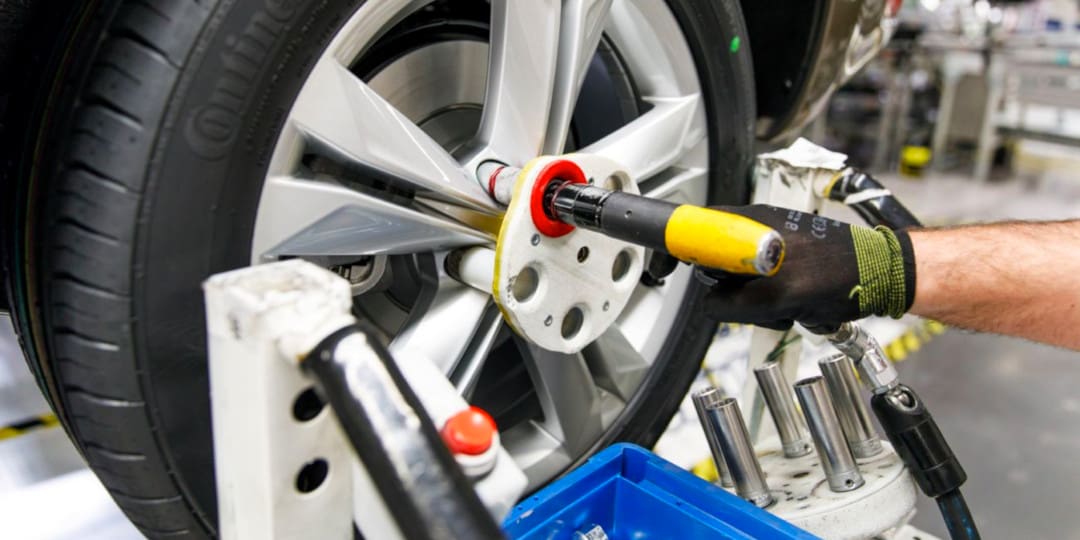
3D printing is not inherently faster than CNC machining since batch production speed depends on several factors, including the complexity of the part, and its size and material, but when it comes to a batch of products where they are all customized or slightly different, 3D printing is the better choice.
With 3D printing, there are no minimum order numbers, which can be the case with technologies that require unique tooling or molds. It lends itself to quickly producing small quantities of parts that can be easily customized, making the process ideal for niche markets, flexible volumes, or specialty designs.
For example, at Volkswagen Autoeuropa, the internal machine shop used to outsource purpose-built assembly tools for its production line to a third party until it installed UltiMaker 3D printers. With the ability to quickly make batches of unique designs, the company managed to streamline a process that took 35 days per new design iteration down to only four days, with a dramatic cost saving of 91% or more than $325,000 per year.
Taking full control of the complete design process means that each new tool is now as cheap as $10, and the team can continually enhance each version in-house as and when required, the company says.
Boosted Sustainability
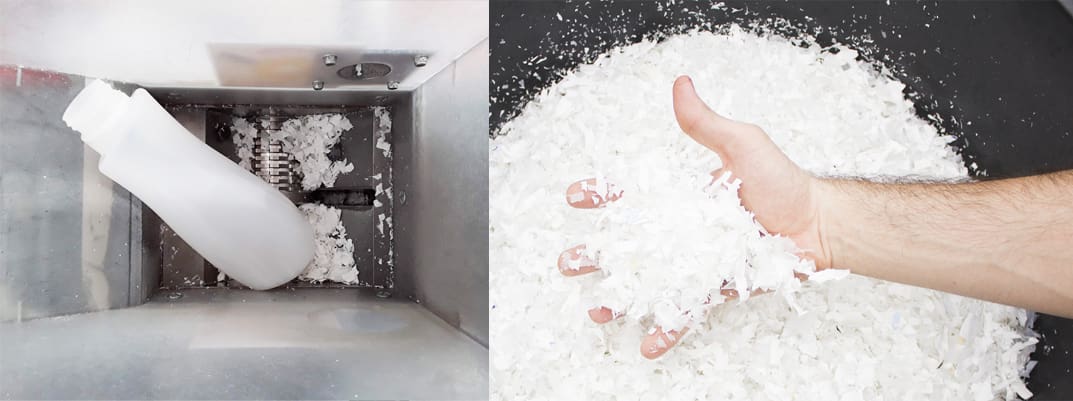
Sustainability is a massive concern for companies and manufacturers alike, both in response to modern consumer attitudes and the legacy of waste in the machining industry.
3D printers can be an eco-friendly addition to your machine shop. They produce very little waste and don’t typically require as much energy to operate as other shop tools, depending on the technology. Plus, they can use bio-based and 100% recycled filament. Some can even print with chopped-up plastic waste from around your shop.
Print Shop Organizers
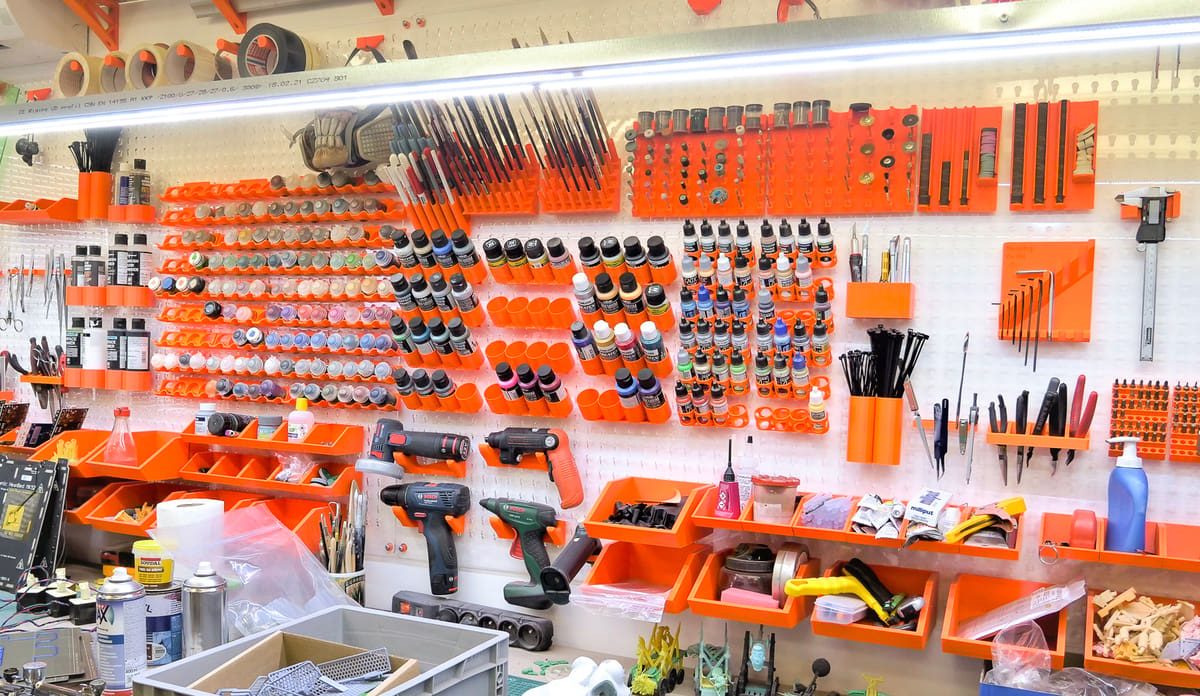
If not solely as an offering for customers, a 3D printer is a great tool for creating products for your shop. Every shop is different with unique needs when it comes to organization aids and accessories.
In the manufacturing environment, how tools are stored and equipment is laid out, has a major effect on the movement required from workers. The closer tools are to hand and the better organized they are, the less time a worker spends accessing or worse, looking for, the correct tools.
Many shops now use 3D printing to make custom-designed and built, bins, racks, and other tool holders. Drawer organizers, cabinets and other storage units can also be custom-built to improve the effectiveness and efficiencies of the processes in your workspaces. In addition to these organization aids, your 3D printer can produce any number of custom consumables, such as nozzles, singe, or machine components. This reduces dependency on external suppliers and allows for quick replacements.
Custom Fixtures
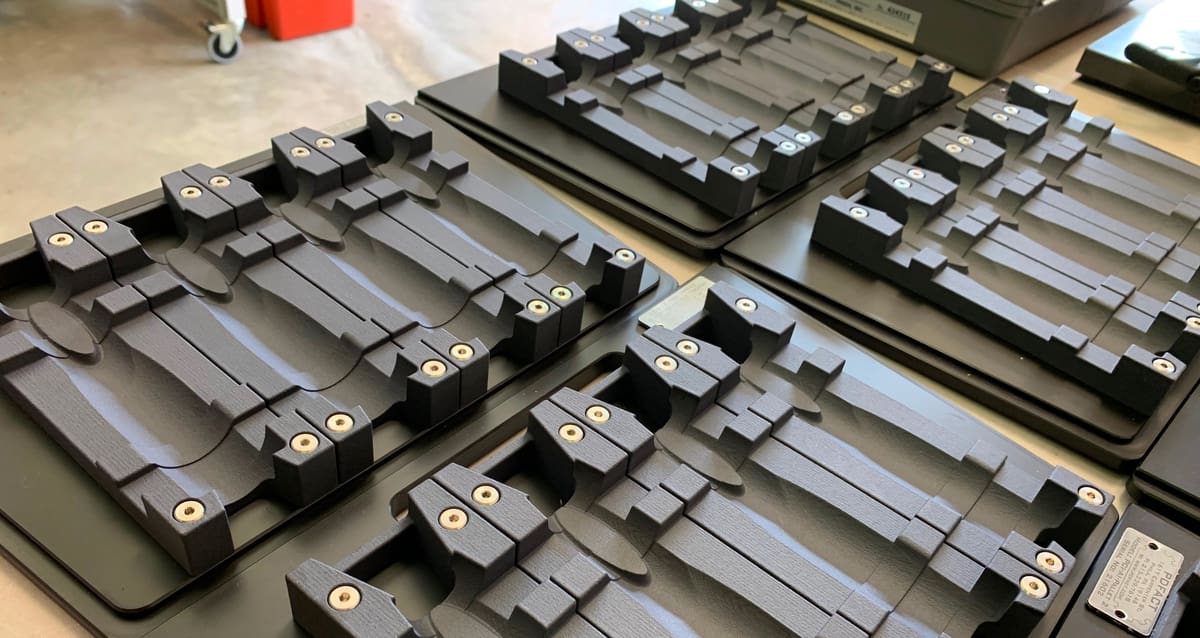
One of the main ways 3D printers are used within existing CNC machining operations to for creating custom tooling, fixtures, and jigs used in the CNC processes. This can alleviate pressure from the time, cost, and labor-intensive machining assets while enhancing the precision and efficiency of the CNC processes itself, especially for unique or specialized projects.
PHB Machining & Molding in Fairview, Pa., says that the most practical benefit of 3D printing at its shop is the way it can reduce the cost of fixturing and tooling. “It also saves our team time when it comes to having to program additional machining equipment, since CAD files can be imported directly into a 3D printer,” the company says. “3D printing is appropriate in many scenarios, such as when you are looking to save costs, include features that machining can’t produce, or simply want a low-fidelity part to hold in your hand.”
Material Savings
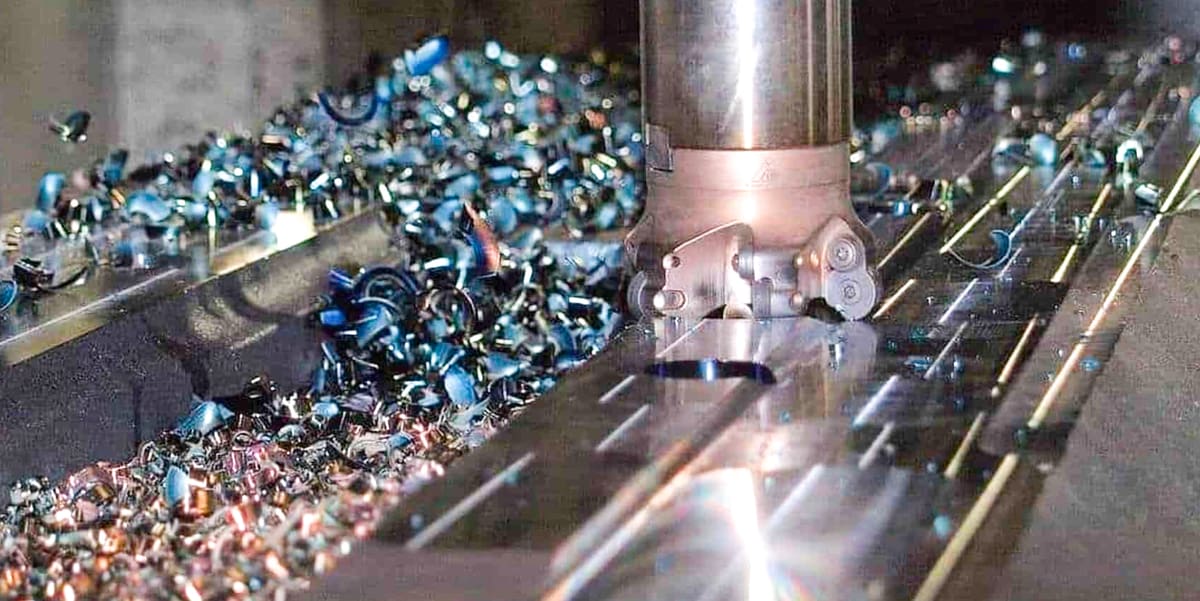
3D printing builds parts from scratch, depositing the required material only where needed, helping minimize waste. As the opposite of this, CNC machining is a subtractive process generating a significant amount of waste material.
Adding a 3D printer to your shop can help save material in two ways. First, by 3D printing exact prototypes for fitting and functional testing you can be assured your final design to be CNCed will be a perfect fit — and not require further iterations.
The second way 3D printing can save you and your customers on materials costs is that 3D printers use less material in the first place. 3D printing in expensive materials such as titanium requires less raw material and produces less waste material. You also have the opportunity to alter the part design to consolidate parts or create a lattice infill instead of solid material, both ways to create a part using less overall material.
Functional Prototyping
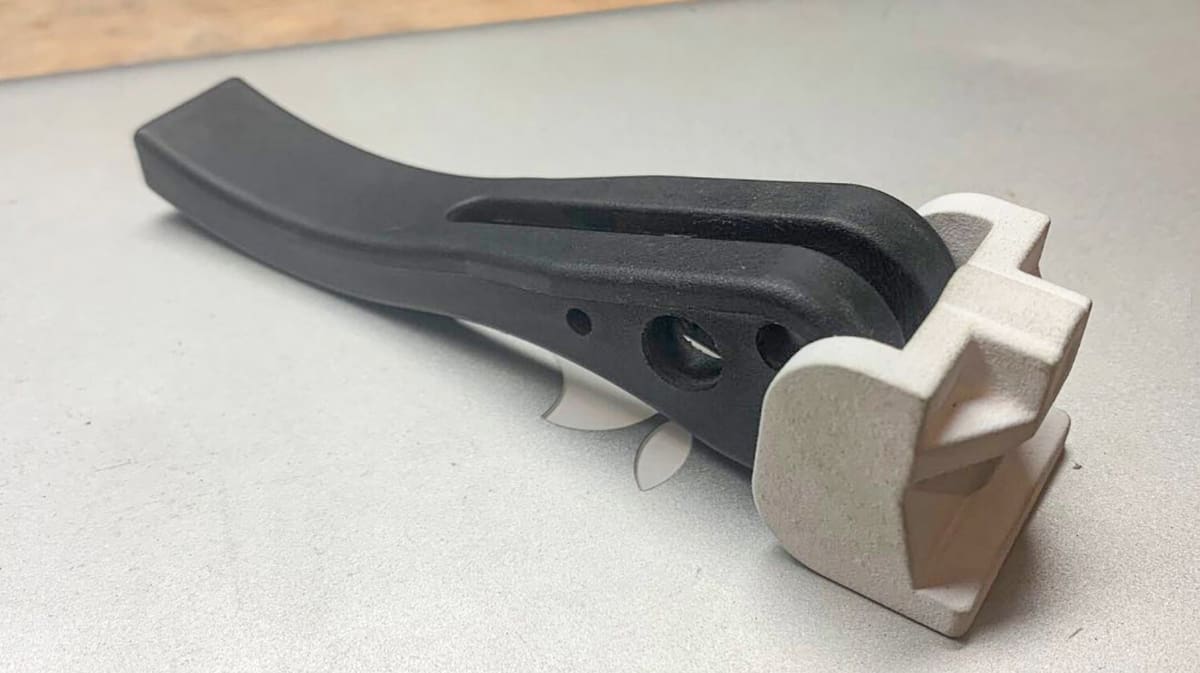
Although some 3D printing technology is suited for design prototypes, other 3D printing technology can produce functional prototypes in wide range of engineering-grade materials, including plastics, metals, and composites.
This type of prototype provides clients the opportunity to conduct physical testing during the development phase, which is particularly useful when exploring material options.
One company operating in this space and offering the benefits of prototyping materials to clients as early samples that test product concepts and feasibility is the Product Development Factory (PDFact) based in Philadelphia. “Testing a product’s functionality and durability under certain environmental conditions leads to new iterations and improved designs,” the company says. “3D printing introduces a big advantage because parts can be created and integrated into pre-existing systems even when original parts aren’t available.”
PDFact offers in-house 5-axis machining capabilities and a variety of 3D printing technologies to offer customers prototyping and proof of concept for assembly and inspection equipment. The company uses functional prototyping for physical testing, mechanical performance, and testing systems and components.
Easy to Operate
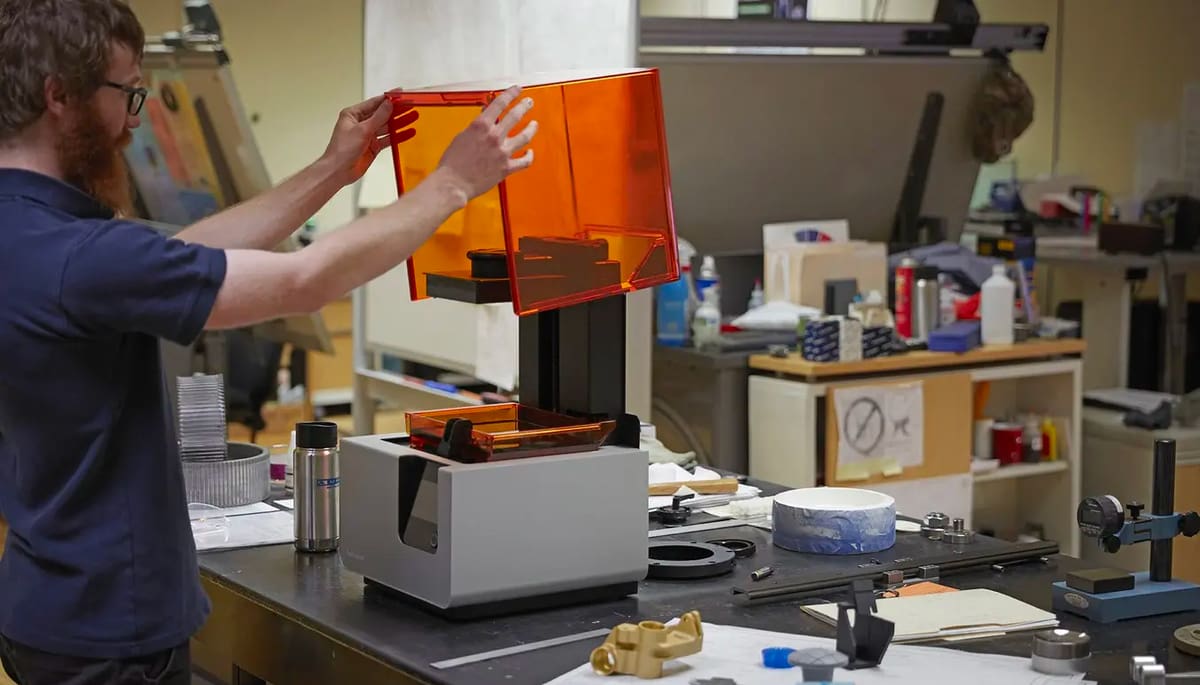
An advantage of 3D printers recognized across the board is their ease of use. Unlike CNC machines and other specialized equipment that may be required in a machine shop, most 3D printers don’t require specialized training to operate and would be relatively straightforward for highly skilled and experienced engineers.
This was the case at A&M Tool and Design, a Massachusetts-based machine shop that’s been operating for over 65 years when they introduced desktop 3D printers from Formlabs to modernize. “3D printing has become a priceless tool in our toolbox,” says Guido Jacques, vice president of operations at A&M. “It’s kind of a cliché, but it’s really allowing all of us to think completely outside the box.”
The company originally added a Formlabs resin 3D printer to expedite projects and open capacity to supplement an understaffed engineering team and then scaled 3D printing applications from prototyping and communications models to quick-turn production tools and end-use parts for custom machinery.
Do you have a 3D printing success story at your CNC shop? Add it to the comments below!
License: The text of "10 Reasons to Add a 3D Printer to Your CNC Shop" by All3DP Pro is licensed under a Creative Commons Attribution 4.0 International License.



